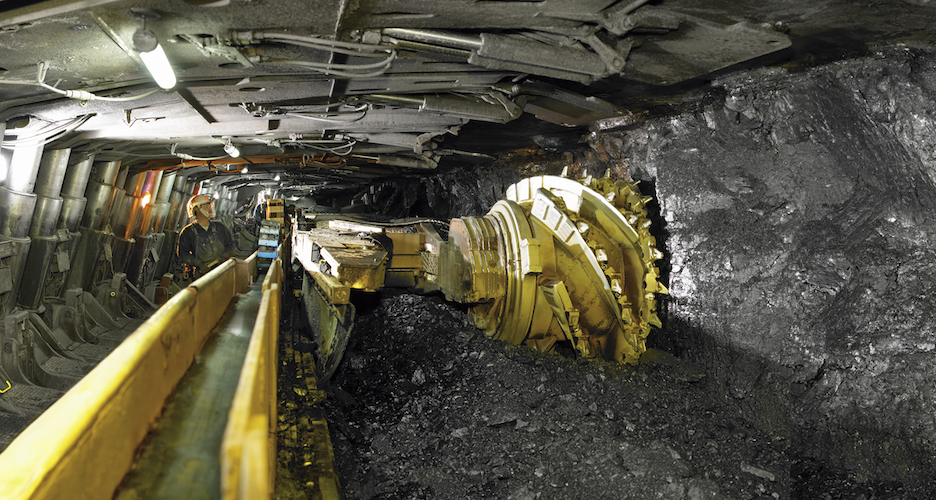Mining
Sunday, June 26th, 2022 7:31 am EDT
A cloud-based system would match the two BEVs in the same vicinity, likely along major interstates. Like cyclists in a Peloton, the two matched cars could travel close together, sharing charge en route with no need to stop for hours at a charging station. The cars would drive at the same locked speed while charging cables would link the vehicles automatically.
“We’d have a complete cloud-based framework that analyzes the charging state of all participating vehicles in the network and based on that the cloud tells you, ‘Hey, you can actually pair up with this car which is nearby and share charge,’” Hoque said. “All of this has to be controlled by cloud infrastructure, which has algorithms to efficiently charge all the different BEVs.”

According to the researcher and his co-authors, vehicles would come equipped with two different batteries for the peer-to-peer BEV-charging plan: a main lithium-ion battery like the ones common in today’s BEVs, and a second fast-charging battery used for on-the-go charging. The fast battery, when charged, would then replenish the vehicle’s main battery.
“You don’t want cars to stay connected for a very long time because another car might have to change its route and go somewhere else, and you may not get enough time to charge,” Hoque said. “That’s why we’ve developed the concept of multi-level battery to reduce charging time.”
The scientist compared his proposal to how computers operate through a fast cache memory — which is expensive — and another type of high-capacity memories that are slower.
“Similarly, for our batteries, we have incorporated this concept. You’ll have small fast-charging batteries, which will be used for peer-to-peer charging, and once that small battery is charged, you disconnect, and that small-charge battery sends charge to the bigger, slower battery,” the scientist explained.
In high-density areas, the research team proposes deploying mobile charging stations — huge batteries riding on trucks — that can recharge multiple vehicles at once, something akin to how small military jets can get refuelled in midair by a tanker aircraft.
“These mobile charging stations would probably travel major highways where they’re constantly going back and forth,” Hoque said. “There would be a number of these so at a given point of time one mobile charging station is travelling while another is in the station getting ready for the game. These mobile charging stations can refuel or replenish the batteries of multiple vehicles simultaneously.”
The end result of the peer-to-peer system would result in more convenience and less “range anxiety” for owners of BEVs.
This post has been syndicated from a third-party source. View the original article here.




